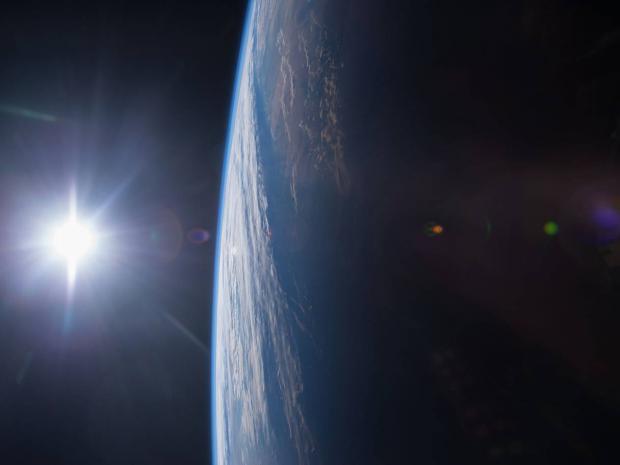
Breaking News
 Food Banks All Over The U.S. Are Being Overwhelmed By A Tsunami Of Hungry People
Food Banks All Over The U.S. Are Being Overwhelmed By A Tsunami Of Hungry People
 Kids' Online Safety Laws Could Dig a Graveyard for Speech and Privacy
Kids' Online Safety Laws Could Dig a Graveyard for Speech and Privacy
 The Only REAL Solution to Digital ID - #SolutionsWatch
The Only REAL Solution to Digital ID - #SolutionsWatch
Top Tech News
 Japan just injected artificial blood into a human. No blood type needed. No refrigeration.
Japan just injected artificial blood into a human. No blood type needed. No refrigeration.
 The 6 Best LLM Tools To Run Models Locally
The 6 Best LLM Tools To Run Models Locally
 Testing My First Sodium-Ion Solar Battery
Testing My First Sodium-Ion Solar Battery
 A man once paralyzed from the waist down now stands on his own, not with machines or wires,...
A man once paralyzed from the waist down now stands on his own, not with machines or wires,...
 Review: Thumb-sized thermal camera turns your phone into a smart tool
Review: Thumb-sized thermal camera turns your phone into a smart tool
 Army To Bring Nuclear Microreactors To Its Bases By 2028
Army To Bring Nuclear Microreactors To Its Bases By 2028
 Nissan Says It's On Track For Solid-State Batteries That Double EV Range By 2028
Nissan Says It's On Track For Solid-State Batteries That Double EV Range By 2028
 Carbon based computers that run on iron
Carbon based computers that run on iron
 Russia flies strategic cruise missile propelled by a nuclear engine
Russia flies strategic cruise missile propelled by a nuclear engine
 100% Free AC & Heat from SOLAR! Airspool Mini Split AC from Santan Solar | Unboxing & Install
100% Free AC & Heat from SOLAR! Airspool Mini Split AC from Santan Solar | Unboxing & Install
Japanese spacecraft drops robot onto asteroid to hunt for the origin of the solar system

A robot has been successfully dropped onto an asteroid millions of miles from Earth – and will now hunt for the origin of the solar system.
The German-French device known as MASCOT landed on an asteroid called Ryugu when it was dropped by a Japanese spacecraft. The spacecraft has been floating around the asteroid in recent days, and already dropped two devices to explore its surface – which sent back stunning photo and videos of the world.
The robot had live tweeted its own descent to the asteroid. "I'm doing it! I'm descending to Ryugu! Can't stop me now!" its engineers posted on an account devoted to MASCOT.
It then posted to say it had landed successfully. "And then I found myself in a place like no place on Earth. A land full of wonder, mystery and danger! I landed on asteroid Ryugu!"
It will now spend its time measuring and taking pictures of the surface. It has already successfully collected some 20 images, which are stored on the mothership known as Hayabusa2 ready to be looked at scientists.
The spacecraft went as close as about 50 meters to the asteroid's surface to release the box-shaped lander.
Hayabusa2 has been stationed near the asteroid since June after travelling 170 million miles from Earth. After its mission is finished, it will fly all that way back again.

 "Refusal to Disclose"
"Refusal to Disclose"

